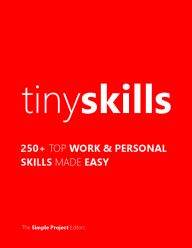On February 16, 2025 By newsroom Topic: Health And Fitness Skills
Monitoring your blood pressure at home is crucial for managing hypertension and maintaining cardiovascular health. Here’s how to choose the right blood pressure monitor for your needs and use it effectively.
Consistent Tracking: Blood pressure varies throughout the day, and a one-time reading at the doctor’s office might not give the full picture.
Detect Issues: Home monitoring can help identify conditions like:
- White coat hypertension: High BP at the doctor’s but normal at home.
- Masked hypertension: Normal BP at the doctor’s but high at home.
Treatment Effectiveness: Regular readings help track the success of medication or lifestyle changes.
Pregnancy: Useful for managing pregnancy-induced hypertension or preeclampsia.
Check Cuff Fit:
- Measure the circumference of your upper arm or wrist to ensure the cuff fits properly.
Consider Ease of Use:
- Look for models with large, easy-to-read displays and intuitive controls.
Prioritize Accuracy:
- Choose top-rated models tested for reliability.
Select Features Based on Needs:
- Multiple user memories for shared use.
- Risk category indicators to flag high readings.
- App connectivity for data tracking.
- Irregular heartbeat detectors.
Budget Wisely:
- Prices typically range from $40 to $100.
- Check if your insurance covers the cost.
Empty your bladder and rest for 5 minutes prior.
Proper Positioning:
Keep your arm supported on a flat surface, with the cuff at heart level.
Technique:
Take 2-3 readings, 1 minute apart, and record the average.
Routine:
Choosing the right blood pressure monitor can empower you to take control of your health. Opt for a model that meets your needs and is user-friendly, and always follow proper techniques for reliable readings. Stay informed and proactive about managing your blood pressure!

